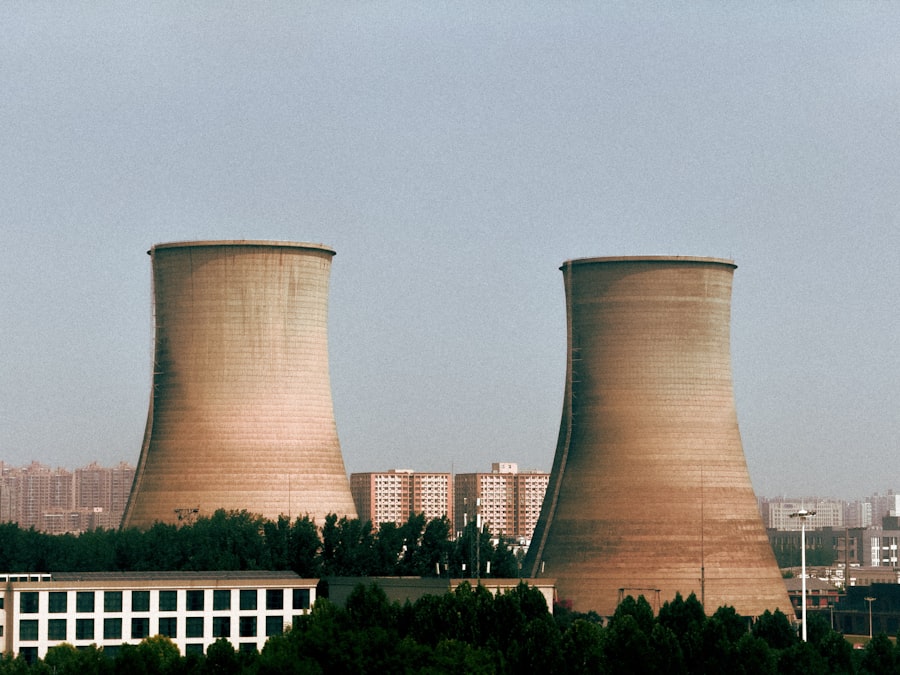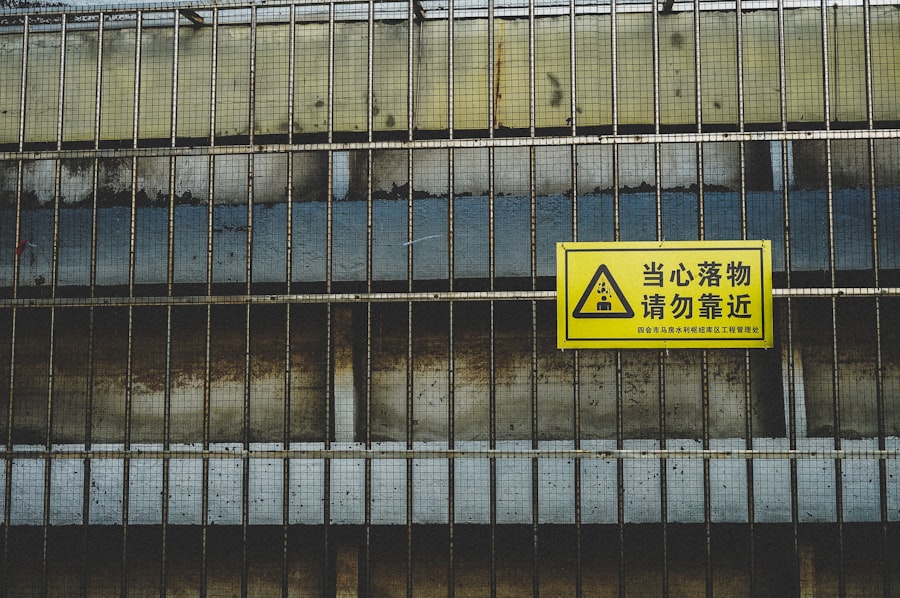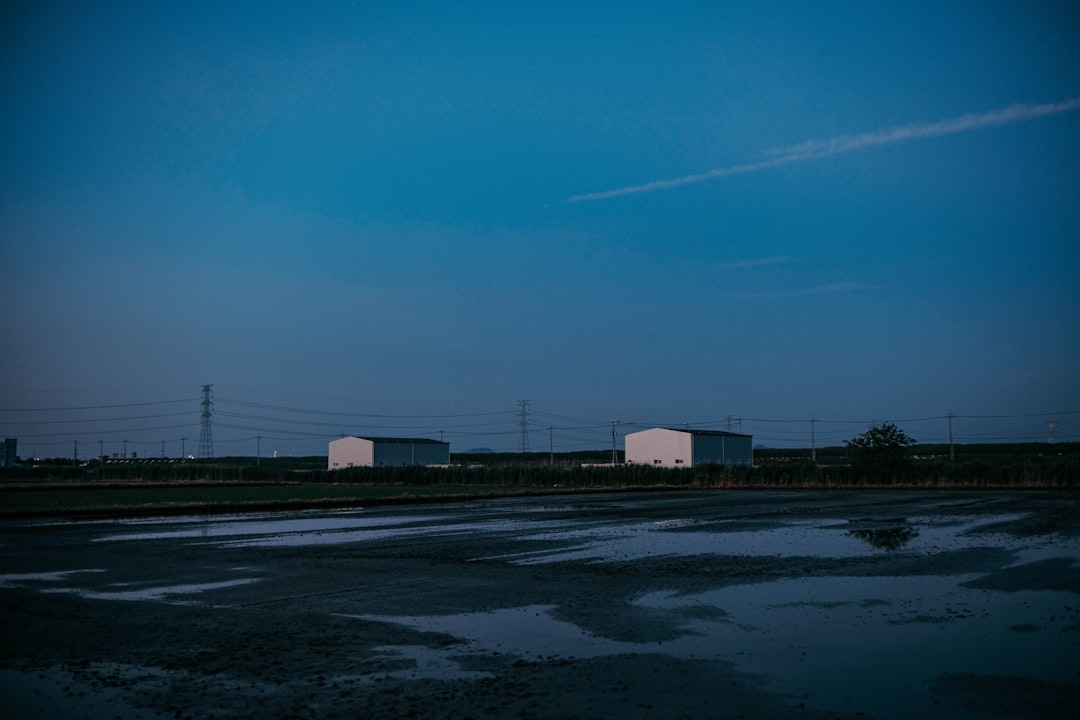When you think about nuclear energy, the benefits of clean power and reduced greenhouse gas emissions often come to mind. However, the challenge of nuclear waste cleanup looms large over the industry. Nuclear waste, a byproduct of nuclear reactors, contains highly radioactive materials that can remain hazardous for thousands of years.
The complexity of managing this waste is not just a technical issue; it encompasses environmental, health, and social dimensions that require careful consideration. As you delve into this topic, you will discover that the cleanup challenge is multifaceted, involving scientific, logistical, and ethical dilemmas. The sheer volume of nuclear waste generated globally is staggering.
With over 440 commercial nuclear reactors in operation worldwide, the accumulation of spent fuel and other radioactive materials presents a daunting task for governments and organizations tasked with ensuring public safety. You may find it surprising that many countries still lack a comprehensive strategy for long-term waste management. This gap in planning raises questions about accountability and responsibility, as the legacy of nuclear waste will impact future generations.
Key Takeaways
- Nuclear waste cleanup is a complex and challenging task due to the long-lasting and hazardous nature of radioactive waste.
- Improper disposal of nuclear waste can lead to severe environmental and health risks, including contamination of soil, water, and air.
- Current methods for nuclear waste cleanup include storage, treatment, and disposal, but they come with their own set of challenges and limitations.
- Challenges in nuclear waste cleanup include technological limitations, public perception, regulatory frameworks, and funding constraints.
- Innovations in nuclear waste cleanup technology, international collaboration, and policy frameworks are crucial for the future of nuclear waste cleanup efforts.
The Environmental and Health Risks of Nuclear Waste
The environmental and health risks associated with nuclear waste are significant and cannot be overstated. When you consider the potential for radioactive contamination, it becomes clear that improper handling or disposal of nuclear waste can have dire consequences. Radioactive isotopes can leach into soil and groundwater, posing risks to ecosystems and human health alike.
You might be surprised to learn that even low-level waste can have long-lasting effects on the environment if not managed properly. Moreover, the health risks extend beyond immediate exposure. Long-term exposure to radiation can lead to serious health issues, including cancer and genetic mutations.
As you explore this topic further, you will encounter stories of communities living near nuclear facilities who have experienced adverse health effects due to inadequate waste management practices. The psychological impact on these communities is also profound, as fear and uncertainty about potential contamination can lead to anxiety and social unrest. Understanding these risks is essential for fostering informed discussions about nuclear energy and its implications.
Current Methods for Nuclear Waste Cleanup

As you investigate current methods for nuclear waste cleanup, you will find that several approaches are employed worldwide, each with its own advantages and limitations. One common method is deep geological disposal, where waste is stored deep underground in stable geological formations. This method aims to isolate radioactive materials from the biosphere for thousands of years.
However, you may also discover that this approach faces public opposition due to concerns about potential leaks and environmental impacts. Another method involves reprocessing spent nuclear fuel to extract usable materials while reducing the volume of high-level waste. This technique has been successfully implemented in countries like France but requires significant investment in technology and infrastructure.
As you consider these methods, it becomes evident that no single solution fits all scenarios; each country must tailor its approach based on its unique circumstances, including geological conditions, technological capabilities, and public sentiment.
Challenges and Obstacles in Nuclear Waste Cleanup
| Challenges and Obstacles in Nuclear Waste Cleanup |
|---|
| Lack of suitable long-term storage facilities |
| Difficulty in handling and transporting radioactive materials |
| Public opposition and concerns about safety |
| High costs associated with cleanup and disposal |
| Complexity of decontaminating and decommissioning nuclear facilities |
The challenges and obstacles in nuclear waste cleanup are numerous and complex. One major hurdle is the public perception of nuclear energy and waste management. You may find that many communities are resistant to hosting nuclear facilities or waste storage sites due to fears of contamination and accidents.
This NIMBY (Not In My Backyard) mentality complicates efforts to find suitable locations for long-term storage solutions. Additionally, regulatory frameworks can be cumbersome and slow to adapt to new technologies or methods. As you explore this aspect, you will see how bureaucratic red tape can delay critical cleanup efforts, leaving communities vulnerable to potential risks.
The interplay between science, policy, and public opinion creates a challenging landscape for those working in the field of nuclear waste management.
Innovations in Nuclear Waste Cleanup Technology
In recent years, innovations in nuclear waste cleanup technology have emerged as a beacon of hope in addressing this pressing issue. You may be intrigued by advancements in materials science that allow for more effective containment and immobilization of radioactive isotopes. For instance, researchers are developing new types of glass and ceramics that can safely encapsulate nuclear waste for extended periods.
Moreover, you might find it fascinating that some scientists are exploring bioremediation techniques that utilize microorganisms to break down or immobilize radioactive materials in contaminated environments. These innovative approaches not only offer potential solutions but also highlight the importance of interdisciplinary collaboration in tackling complex environmental challenges. As you delve deeper into this topic, you will see how these technological advancements could reshape the future of nuclear waste management.
International Collaboration in Nuclear Waste Cleanup Efforts

International collaboration plays a crucial role in addressing the global challenge of nuclear waste cleanup. You may be surprised to learn that countries often share knowledge, resources, and best practices to improve their waste management strategies. Organizations like the International Atomic Energy Agency (IAEA) facilitate cooperation among member states, promoting safety standards and technological advancements.
As you explore this aspect further, consider how international partnerships can lead to more effective solutions. For example, joint research initiatives can accelerate the development of innovative cleanup technologies while fostering a sense of shared responsibility among nations. By working together, countries can pool their expertise and resources to tackle the complex challenges posed by nuclear waste cleanup more effectively.
Public Perception and Acceptance of Nuclear Waste Cleanup
Public perception plays a pivotal role in shaping policies and practices related to nuclear waste cleanup. You may find it interesting that despite the potential benefits of nuclear energy, many people harbor deep-seated fears about its associated risks. Misinformation and lack of understanding often contribute to negative perceptions, making it essential for stakeholders to engage in transparent communication with the public.
As you consider this issue, think about how education and outreach initiatives can help bridge the gap between scientific knowledge and public understanding. By fostering open dialogues about the realities of nuclear waste management, stakeholders can build trust with communities and promote informed decision-making.
Policy and Regulatory Framework for Nuclear Waste Cleanup
The policy and regulatory framework governing nuclear waste cleanup is intricate and varies significantly from one country to another. You may be surprised to learn that some nations have established comprehensive policies that prioritize safety and environmental protection, while others struggle with outdated regulations that hinder progress. As you explore this landscape, consider how effective policies can facilitate innovation and improve public confidence in nuclear waste management.
Moreover, you will encounter discussions about the need for adaptive regulatory frameworks that can respond to emerging technologies and changing societal expectations. As new methods for waste cleanup are developed, regulatory bodies must be prepared to evaluate their safety and efficacy while ensuring that public health remains a top priority. Understanding these dynamics is essential for anyone interested in shaping the future of nuclear waste management.
Funding and Investment in Nuclear Waste Cleanup
Funding and investment are critical components of successful nuclear waste cleanup efforts. You may find it concerning that many countries struggle to allocate sufficient resources for long-term waste management solutions. The financial burden associated with cleanup initiatives can be daunting, leading some governments to prioritize short-term solutions over sustainable practices.
As you delve into this topic further, consider how innovative financing models could help address funding gaps. Public-private partnerships, for example, can leverage private sector expertise and investment to enhance cleanup efforts while reducing the financial burden on taxpayers. By exploring diverse funding sources, stakeholders can create more robust strategies for managing nuclear waste effectively.
The Future of Nuclear Waste Cleanup
Looking ahead, the future of nuclear waste cleanup holds both challenges and opportunities. You may be intrigued by the potential for new technologies to revolutionize how we manage radioactive materials. As research continues to advance, innovative solutions may emerge that significantly reduce the risks associated with nuclear waste.
However, it is essential to recognize that technological advancements alone will not solve the problem; societal acceptance and effective policy frameworks will also play crucial roles in shaping the future landscape of nuclear waste management. As you contemplate these factors, consider how your own perspectives on energy production and environmental stewardship may influence discussions about the future of nuclear waste cleanup.
Success Stories in Nuclear Waste Cleanup
Amidst the challenges surrounding nuclear waste cleanup, there are success stories that offer hope and inspiration. You may be surprised to learn about countries like Sweden and Finland, which have made significant strides in developing effective long-term storage solutions for their nuclear waste. These nations have prioritized transparency and community engagement throughout their processes, fostering public trust in their approaches.
As you explore these success stories further, consider how lessons learned from these experiences can inform future efforts worldwide. By sharing best practices and collaborating on innovative solutions, countries can work together to address the complex challenges posed by nuclear waste cleanup more effectively than ever before. Ultimately, these success stories serve as reminders that progress is possible when stakeholders commit to responsible management practices and prioritize public safety.
The challenge of nuclear waste cleanup is a pressing issue that requires innovative solutions and collaborative efforts. An insightful article that delves into this topic can be found on Hey Did You Know This, which discusses various strategies and technologies being developed to address the complexities of nuclear waste management. For more detailed information, you can read the full article by visiting this link. This resource provides a comprehensive overview of the current state of nuclear waste cleanup and highlights the importance of sustainable practices in mitigating environmental risks.
WATCH THIS! Greenland’s Ice Is Hiding A Nuclear Time Bomb
FAQs
What is nuclear waste cleanup?
Nuclear waste cleanup refers to the process of safely and effectively managing and disposing of radioactive waste produced by nuclear power plants, research facilities, and other sources of nuclear material.
Why is nuclear waste cleanup a challenge?
Nuclear waste cleanup is a challenge due to the long-lived and hazardous nature of radioactive waste, as well as the technical, logistical, and regulatory complexities involved in its management and disposal.
What are the risks associated with nuclear waste?
The risks associated with nuclear waste include potential exposure to radiation, contamination of the environment, and the long-term storage and management of radioactive materials.
What are some methods for nuclear waste cleanup?
Methods for nuclear waste cleanup include containment and storage, treatment and conditioning, and disposal in specialized facilities such as deep geological repositories.
What are the current challenges in nuclear waste cleanup?
Current challenges in nuclear waste cleanup include the development of safe and effective disposal methods, public acceptance and regulatory approval of waste management facilities, and the financial and technical resources required for long-term waste management.
What are some ongoing efforts to address nuclear waste cleanup challenges?
Ongoing efforts to address nuclear waste cleanup challenges include research and development of advanced waste treatment technologies, international collaboration on waste management best practices, and public education and engagement on the importance of safe nuclear waste disposal.
